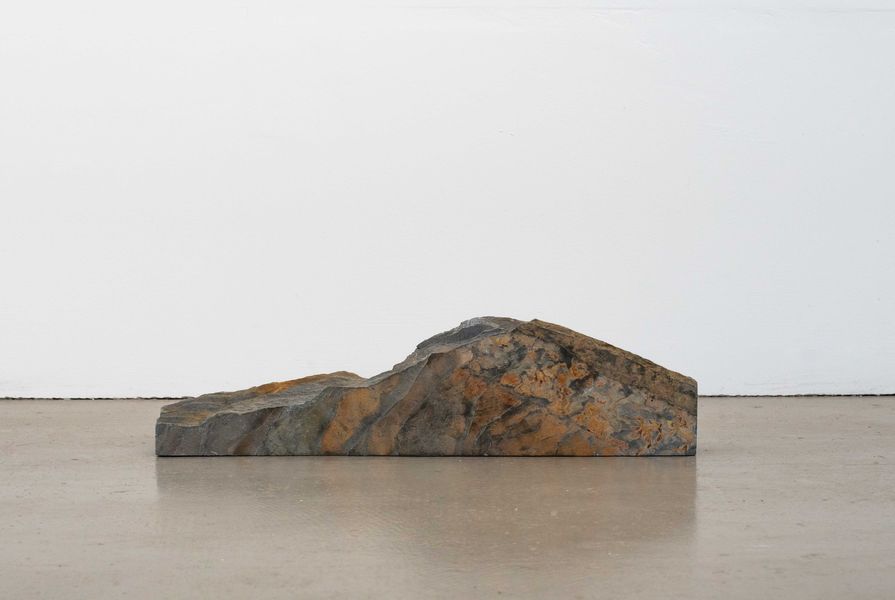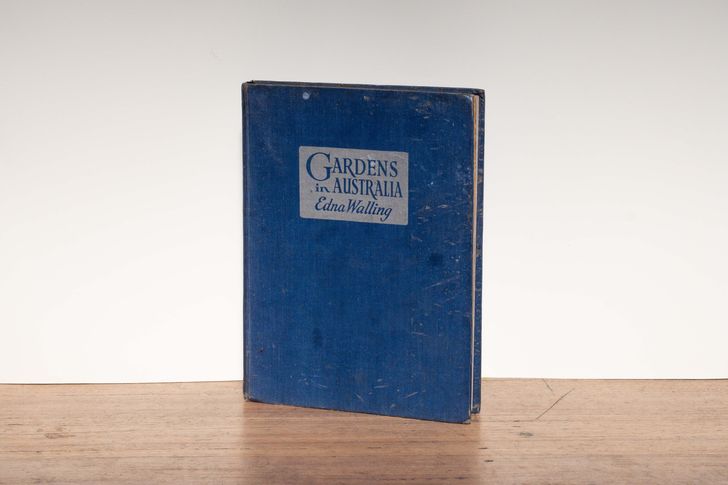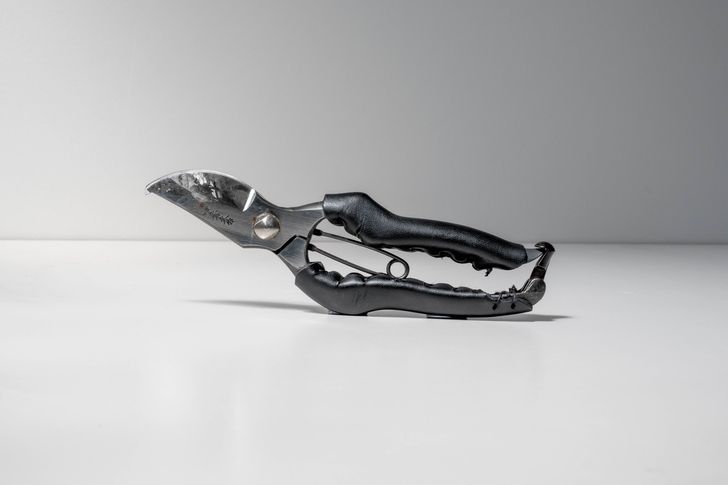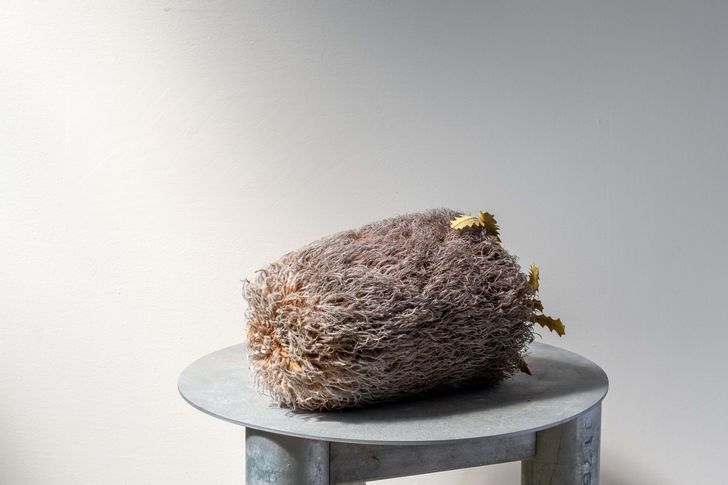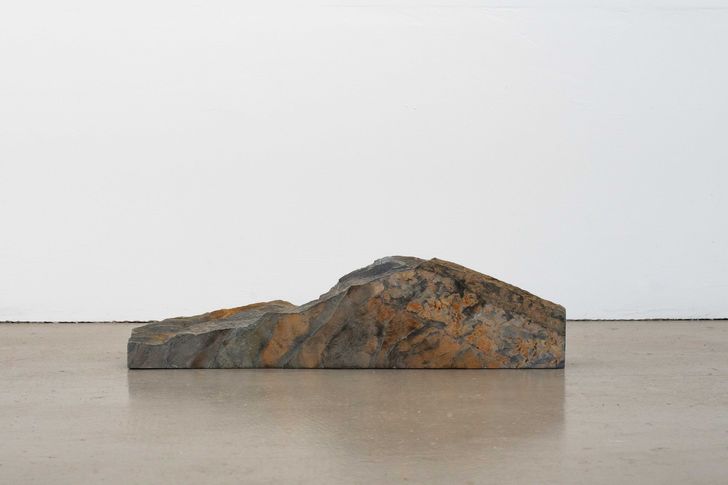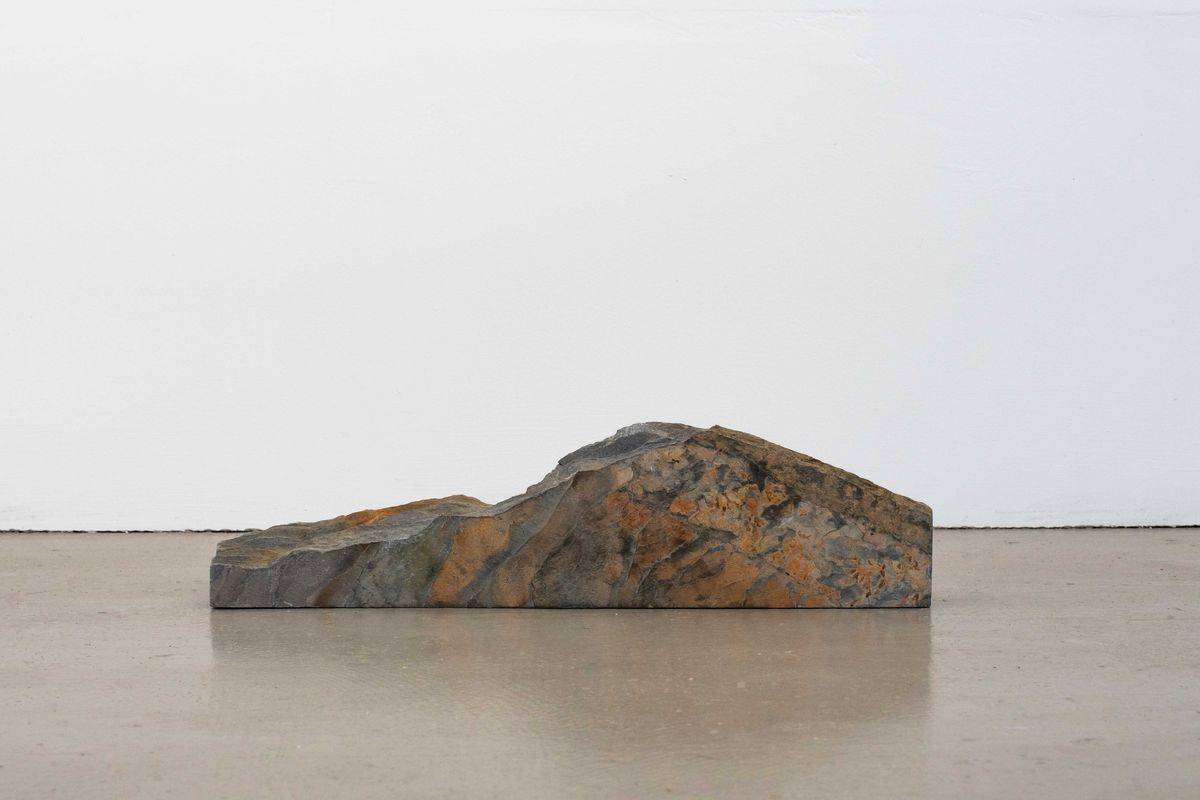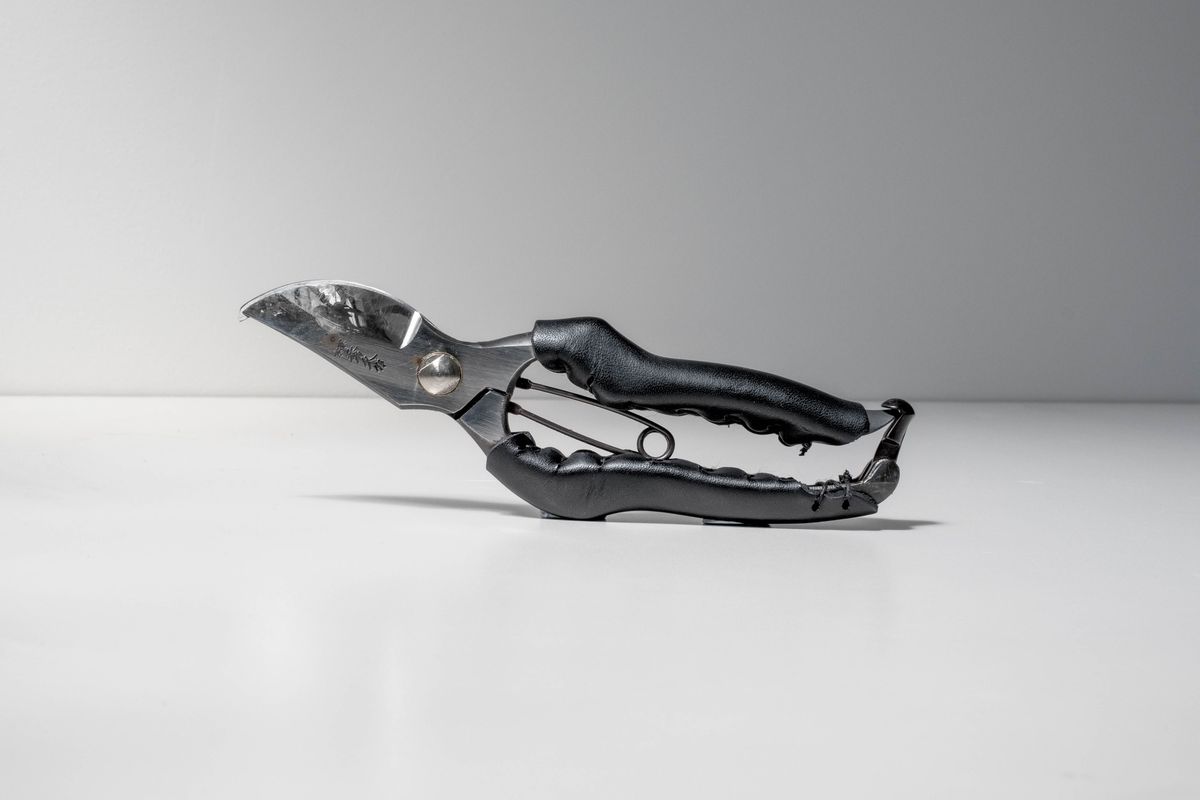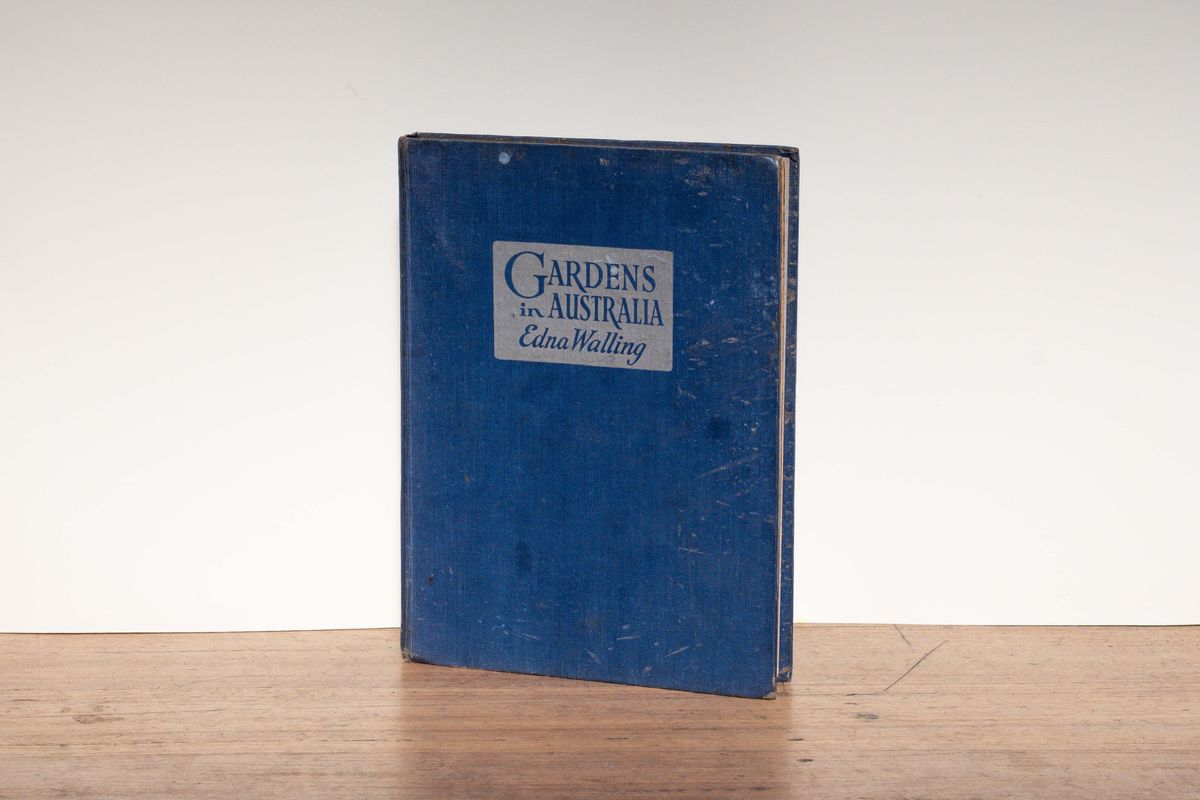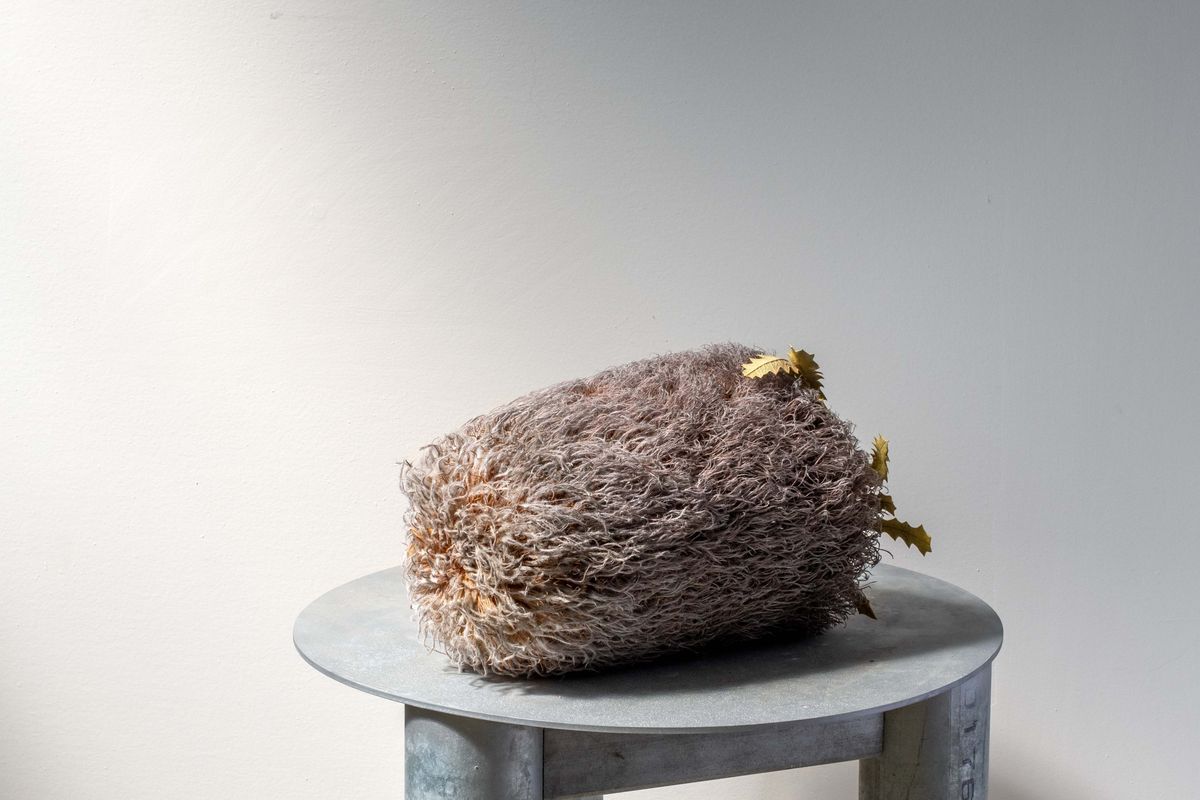Marti Fooks is a Director of Outerspace Landscape Architects based in Melbourne. She has extensive experience both locally and internationally, working on a variety of complex and highly acclaimed projects. Marti’s skills range from conceptual thinking to project management, but she is most well known for her design activism. Her ongoing passion for landscape architecture lies in the discipline’s potential to advocate for equity, combat the climate crises and challenge the status quo. Marti has a special interest and skills in safer by design approaches. Her work investigates the potential of places to reduce the risk of harm for visitors and communities, particularity for those less able to defend themselves.
Gardens in Australia: Their Design and Care by Edna Walling
Edna Walling and other early Australian gardeners are a great inspiration for me. Walling’s design strategies are still pertinent to contemporary landscape architecture practice and I’ve spent many weekends seeking out her gardens.
Upon reflection, I’m sure Edna Walling faced many challenges. She was unmarried and without children and instead spent her time gardening with a community of friends. I believe her choices and successes have paved the way for later women to explore gardening pursuits. I’m grateful for her contribution to landscape design and landscape architecture in Victoria.
I hope that my contribution to the design profession as a queer non-binary practitioner will create space for others who come after me. For progress we need to acknowledge and learn from the past.
Gardens in Australia: Their Design and Care by Edna Walling
Image: Kate Meakin
Secateurs
Sometimes, I feel a sense of loss when projects I’m working on are completed and design services wrap up. After spending months and years invested in these processes, this feeling of loss is real. Of course, there’s the defects liability phase and I can return to the site and maintain connections with our clients, but in current models of practice, there is less of a role for a designer when it comes to the ongoing care and management of a place.
With my own plants and garden though, I can care for and tend to them as I please. These are my secateurs, my absolute favourite gardening tool, and everyone should have a pair. Caring for my garden gives me such happiness and a sense of accomplishment. I feel healthier and more connected to place. These experiences motivate me to nurture this sense of connection and happiness in my work on projects in the public realm.
Secateurs
Image: Kate Meakin
Banksia baueri (possum banksia) cone
This is a dried cone of possum banksia – isn’t it beautiful and also weird! It was a gift from my partner. Her eye for colour, pattern, texture, materials and fashion always amazes me. She continually discovers wonder and beauty in all sorts of things; fashion, plants, lighting, interiors, sticks and rocks – you name it. I didn’t really like tchotchkes (as my friend would say) about my house until I met Georgie – but now I have a whole shelf replete with wonderful objects.
Banksia baueri (possum banksia) cone
Image: Kate Meakin
Slate containing pyrite from Pyrenees Quarry, Castlemaine
Plate tectonics has always fascinated me. The idea that our earth is divided into stone slabs that crash together, sometimes creating volcanoes, is both overwhelming and wonderful. Yet, simultaneously, the earth is made up of minute and delicate processes. These contrasts in scale are reflected in this small piece of slate from the area around Castlemaine. There, slate protrudes into the landscape as a large strata, but has tiny perfect gold cubes embedded in it. The geometry of the pyrite cube is so precise, it almost seems artificial. Discovering and admiring these tiny pieces of stone, I feel more connected to the forces driving the evolution of the planet. Perhaps, I feel less small?
Slate containing pyrite from Pyrenees Quarry, Castlemaine
Image: Kate Meakin
This text is an excerpt from the catalogue for Subject/Object, an exhibition curated by AILA Cultivate that explored the intersection of everyday living and design practice. The exhibition took place from 17 March to 20 March at 514 Elizabeth Street, Melbourne as part of the 2022 Melbourne Design Week program.

